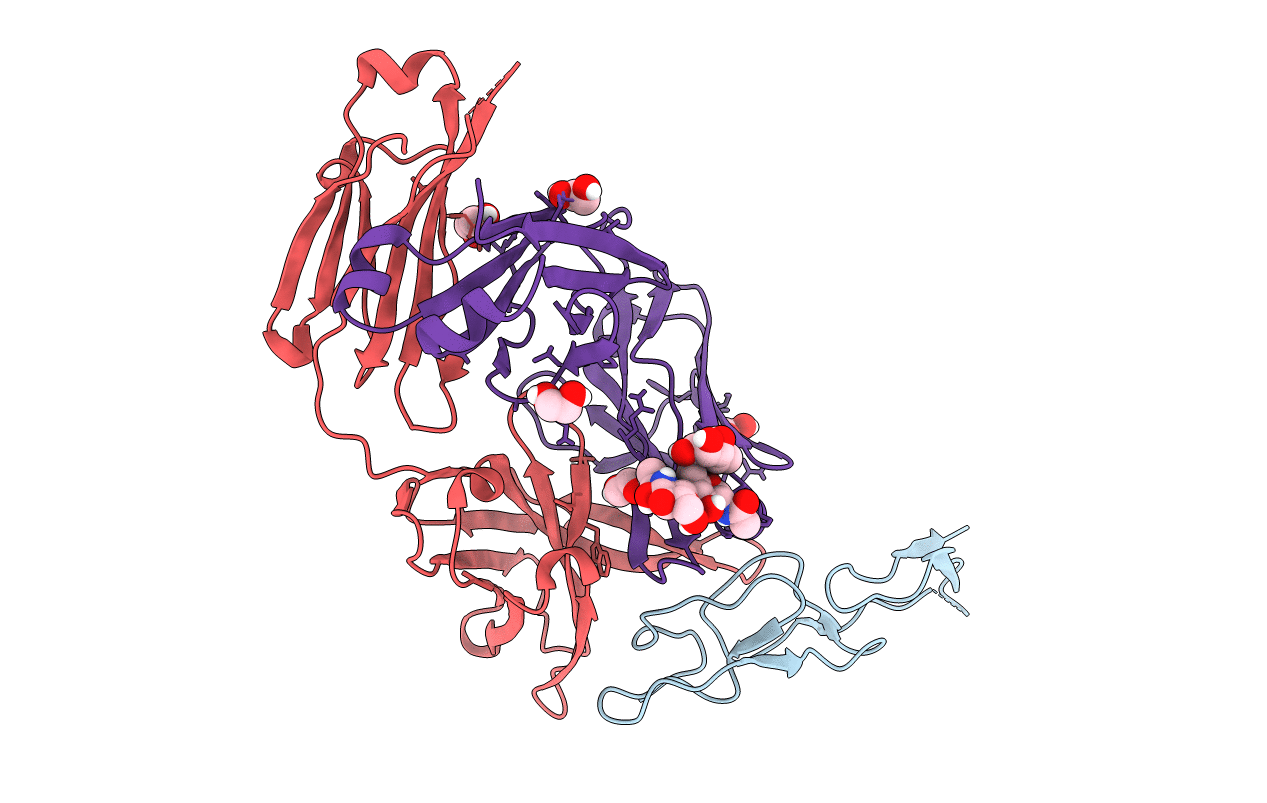
Deposition Date
2011-08-19
Release Date
2012-05-09
Last Version Date
2024-11-06
Entry Detail
PDB ID:
3THM
Keywords:
Title:
Crystal structure of Fas receptor extracellular domain in complex with Fab EP6b_B01
Biological Source:
Source Organism:
Homo sapiens (Taxon ID: 9606)
Host Organism:
Method Details:
Experimental Method:
Resolution:
2.10 Å
R-Value Free:
0.22
R-Value Work:
0.18
R-Value Observed:
0.18
Space Group:
P 31 2 1


